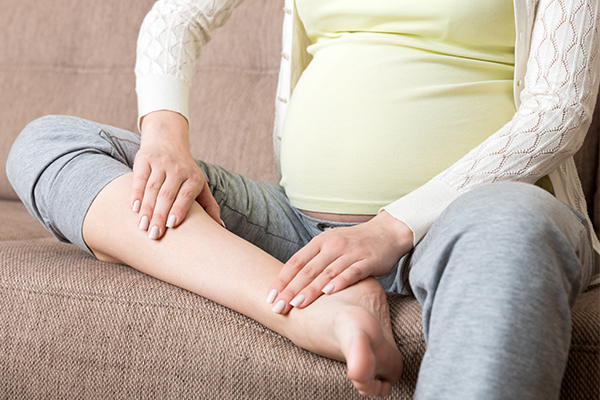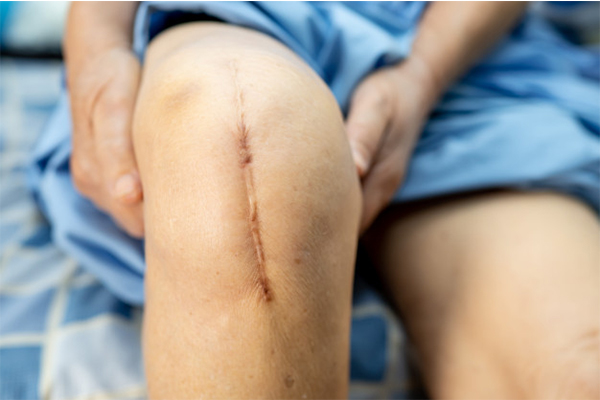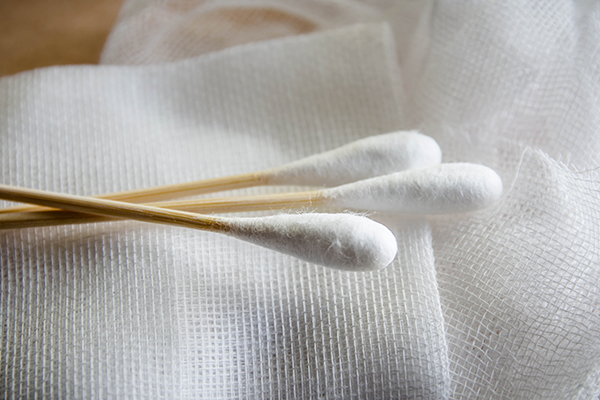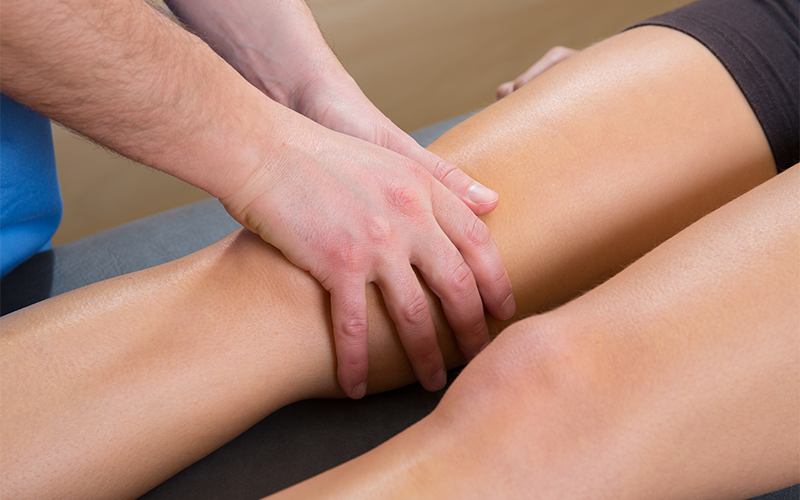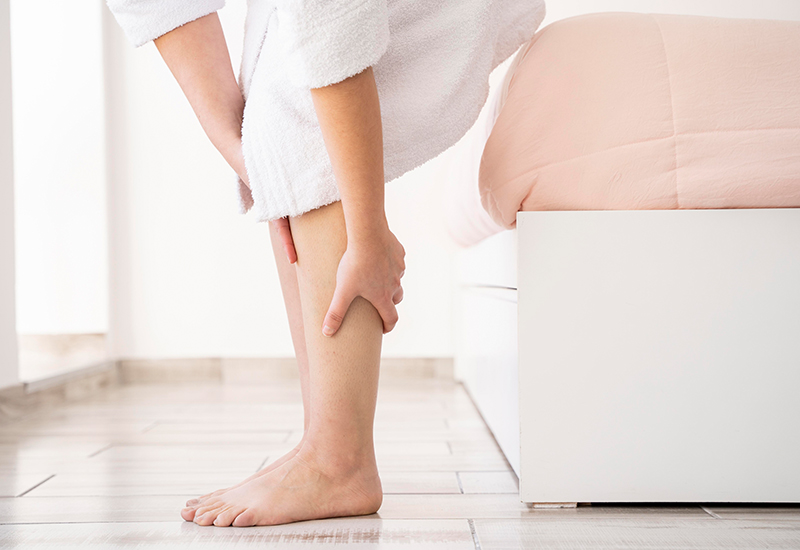What is lymphoedema?
It is swelling caused by damaged or abnormal formation of lymphatic vessels. If the lymph system is not able to cope, the tissues of the body accumulate fluid, proteins which can cause the body area to swell. These fluids behave like a stagnant pond meaning surrounding tissues immersed in this protein fluid don’t function as they should; the normal function of the body is interrupted and swelling increases. The skin can become toughened (called fibrosis) and can change condition and texture which can become severs and difficult to treat.
If you have any cancer and are at risk of living with lymphoedema, then we will tailor treatment plan to your specific needs and goals at any stage of your condition.



